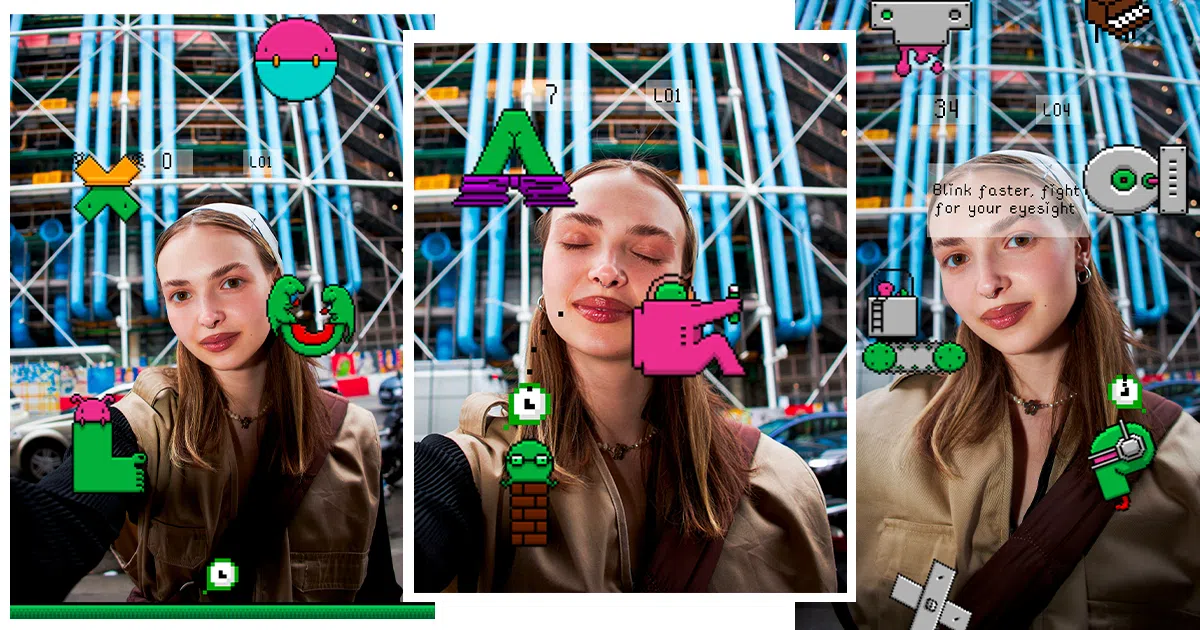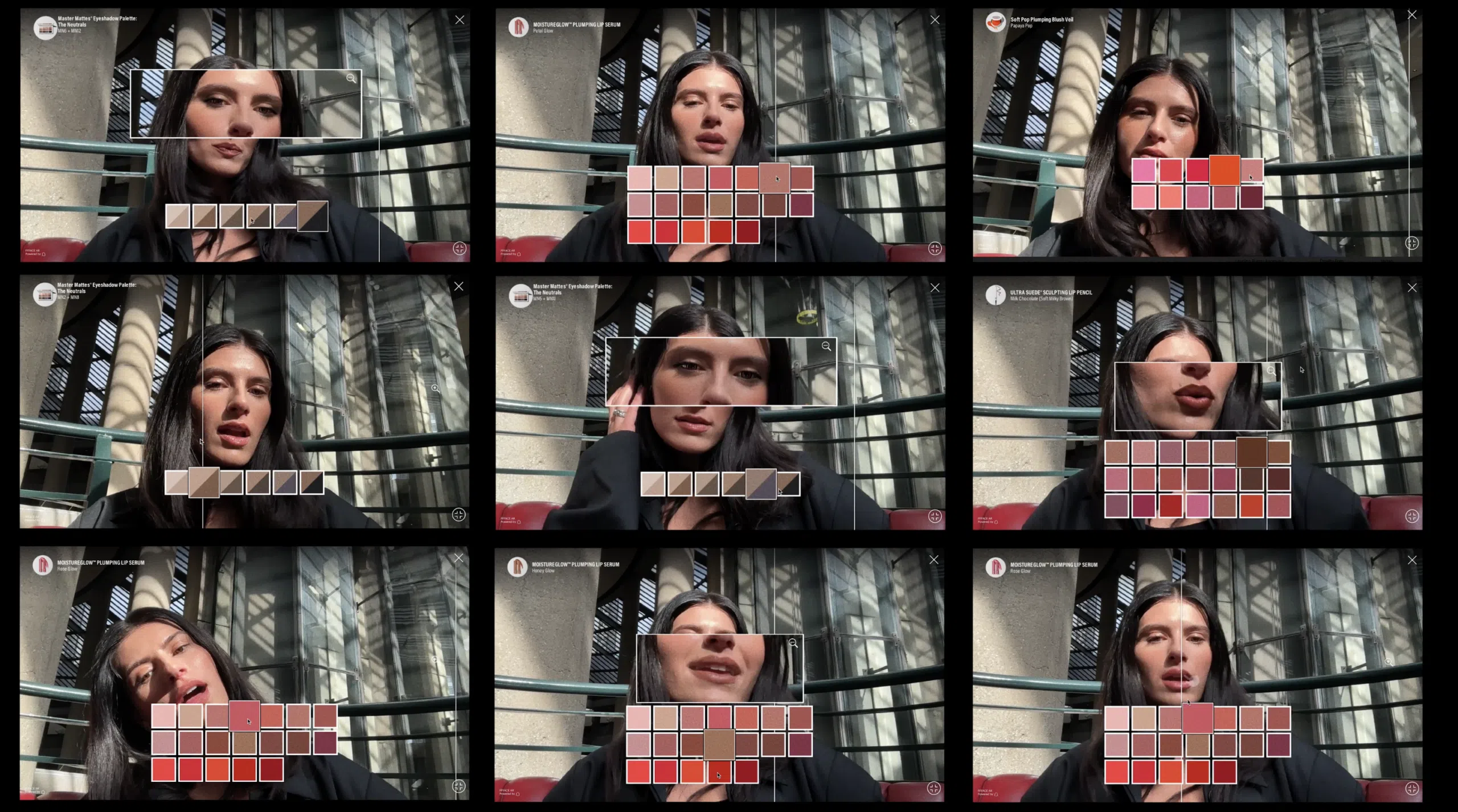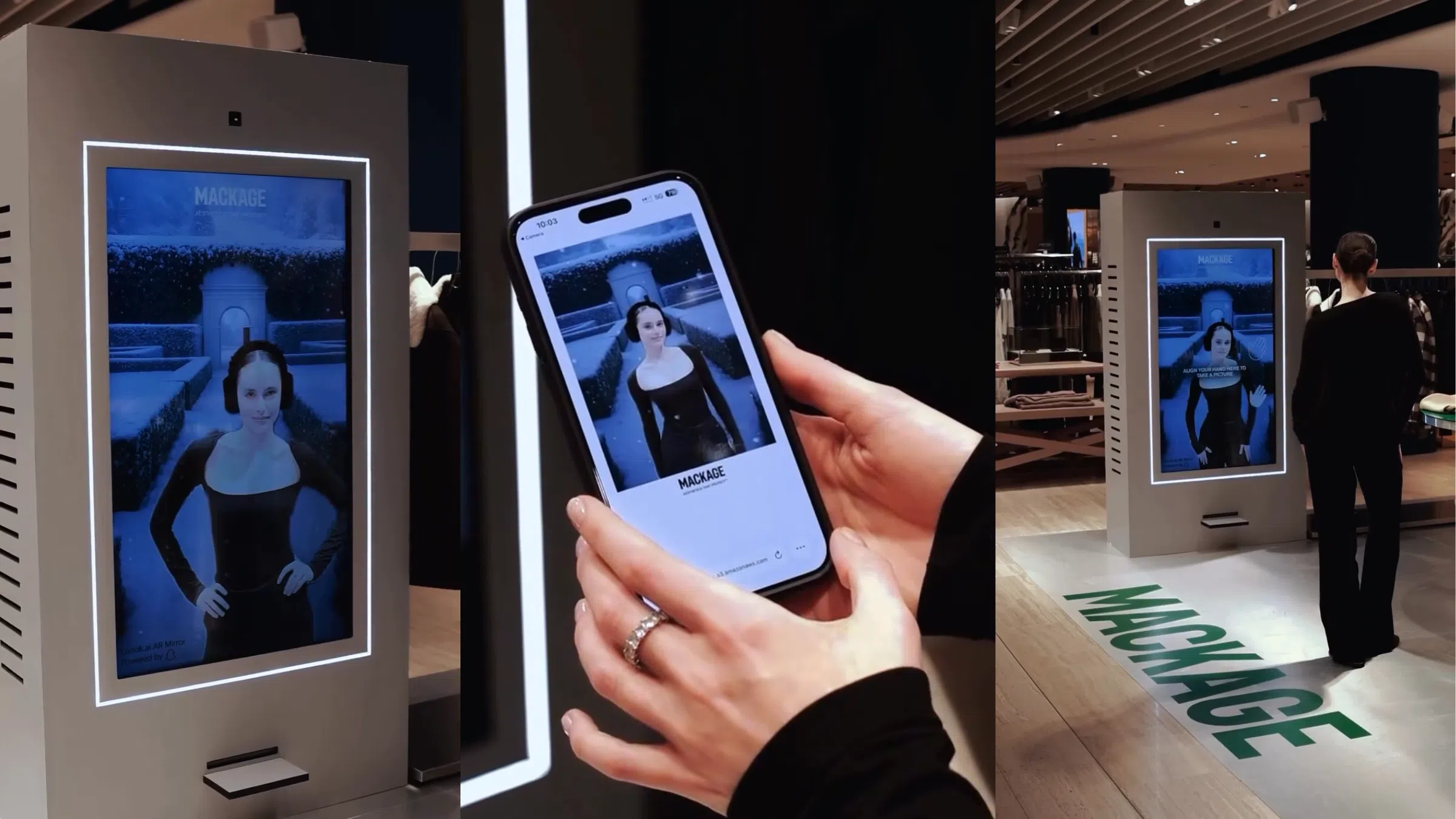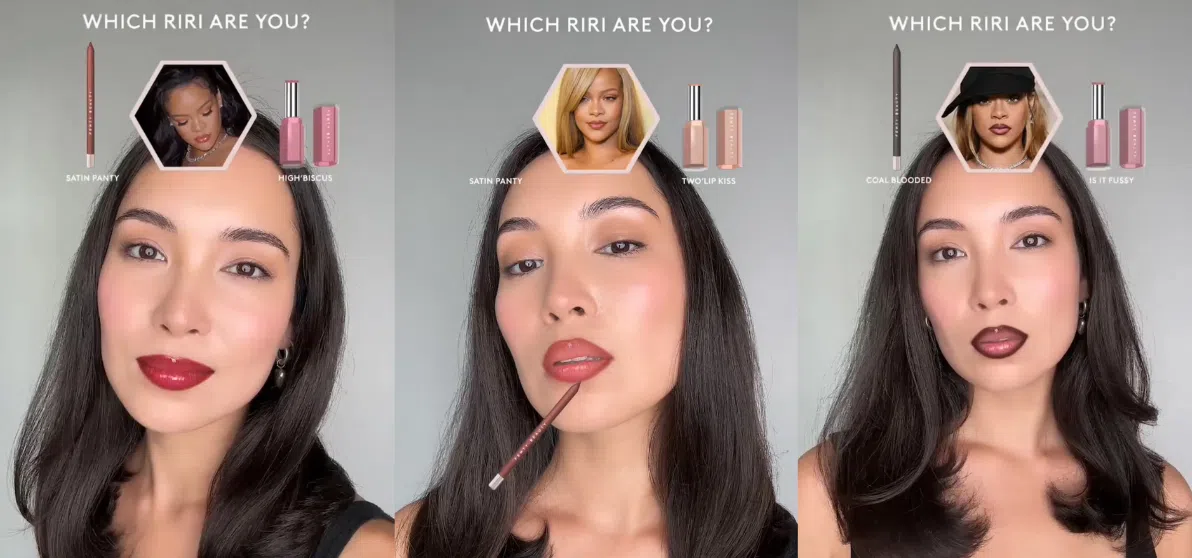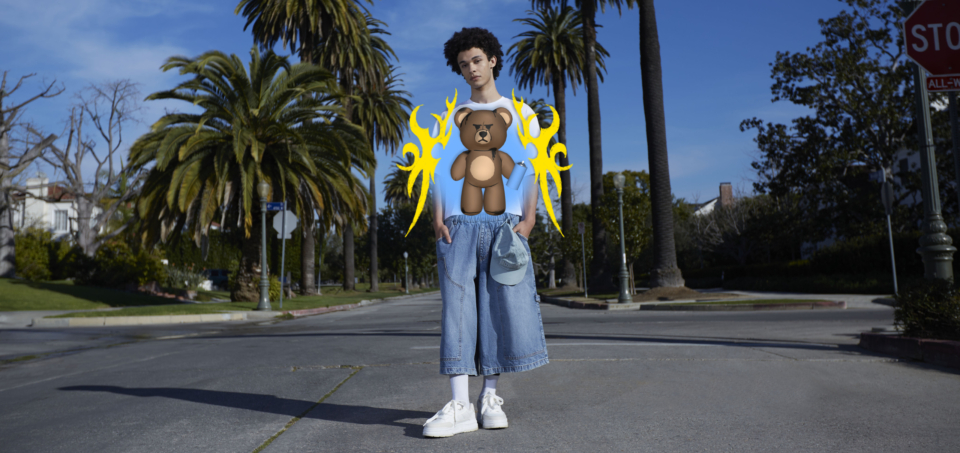Augmented Reality for Entertainment Events: Transforming the Industry with Immersive Experiences

TL;DR — AR in Entertainment
AR in entertainment uses technology to blend digital and real worlds — overlaying digital content onto real environments to create immersive and interactive experiences. For entertainment — including live events, gaming, film, social-media content — AR enables new ways of storytelling and engagement. It makes experiences more interactive, personal, and memorable.
AR also opens new revenue streams for entertainment businesses by allowing monetization through digital assets, virtual goods, and premium AR-enabled content. Beyond just improving how shows or games look, AR strengthens audience connection with the content. It transforms passive viewers into active participants and can deepen immersion, emotional engagement, and interactivity.
Because many people already have AR-capable devices (smartphones, cameras), AR entertainment is broadly accessible and scalable across different formats — from social media and mobile to live events and installations.
In short: AR is rapidly reshaping entertainment by creating immersive, interactive, and monetizable experiences — making entertainment more immersive and giving creators and brands fresh ways to engage audiences.
AR in Entertainment Events: From Show-Stopping Moments to Scalable Business Growth
AR in entertainment isn’t just about dazzling audiences—it’s a high-impact business asset. Beyond delivering immersive, headline-worthy moments, AR unlocks diversified revenue streams and measurable returns for stakeholders across the entertainment value chain. Festivals, concerts, and live productions can monetize AR through exclusive VIP content, virtual merchandise drops, collectible NFTs, and premium branded activations that command sponsorship dollars and drive upsell opportunities. These experiences extend the monetization window well beyond event day by fueling sustained social media engagement, increasing brand impressions, and keeping audiences in the marketing funnel long after the curtain closes.
The business case is strong—AR in live events can increase audience engagement by up to 70%, with attendees spending 2–3 times longer interacting with AR-powered activations compared to static displays.
From a strategic perspective, AR also strengthens audience lifetime value by delivering personalized, interactive content that deepens brand affinity and encourages repeat attendance. For organizers and sponsors, the technology’s analytics capabilities—tracking dwell time, interaction rates, conversion metrics, and traffic heat mapping—provide actionable insights to optimize programming, sponsorship ROI, and on-site operations. In a competitive market where differentiation drives both ticket sales and partnership value, AR transforms entertainment from a one-off spectacle into a scalable, data-driven revenue engine. It’s not just enhancing the show—it’s powering the business behind it.
The Benefits of Augmented Reality in Entertainment
As audiences evolve, AR provides key opportunities for innovation in entertainment. Here’s why it’s becoming essential:
- Enhanced Audience Engagement: Modern audiences crave active participation over passive viewing. AR transforms static content into interactive experiences where viewers become participants, deepening their engagement and emotional connection with the content.
- New Revenue Streams: AR creates new revenue opportunities through digital assets, virtual goods, and premium content. Entertainment businesses can generate additional income while offering innovative experiences through AR-powered monetization.
- Personalized Experiences: AR personalizes entertainment by adapting content to individual preferences through AI-driven recommendations and real-time interactions. This creates unique, tailored experiences that go beyond traditional one-size-fits-all entertainment.
- Social Media Buzz & Virality: AR filters and effects on social media drive engagement by empowering users to create shareable content. This amplifies brand reach and creates viral moments that keep audiences engaged, helping entertainment brands build a stronger digital presence.
Challenges and Limitations in AR Entertainment
While AR revolutionizes entertainment, several key challenges need addressing. From technical requirements to privacy issues, these limitations impact how brands and creators implement AR experiences:
- Hardware Limitations: Advanced AR often requires specialized hardware. While smartphones enable basic AR, high-end experiences need costly devices like AR glasses or headsets, limiting widespread adoption.
- Development Costs: Creating AR content requires substantial investment in specialized software, skilled developers, and complex 3D modeling.
- User Adoption: Many users remain unfamiliar with AR technology, creating adoption barriers.
- Technical Performance: AR technology requires high-powered devices, stable internet, accurate tracking, and low latency to function properly. Performance issues in any of these areas can disrupt the user experience.
- Privacy and Security: AR collects sensitive data like location, biometrics, and personal details, often with limited transparency. Security vulnerabilities put this data at risk. Organizations need strong safeguards including data protection rules, clear consent processes, encryption, and user data controls.
How is AR Used in Entertainment: Examples
Let’s explore some compelling examples of how AR is transforming entertainment across different sectors:
Events are becoming increasingly digital, and Augmented Reality (AR) is revolutionizing how brands, attendees, and organizers interact. Whether it’s enhancing engagement, streamlining event navigation, or creating unforgettable brand activations, AR is elevating experiences in ways that were once impossible.
Immersive Brand Activations & Experiential Marketing
Instead of static banners and booths, brands now use AR smart mirrors for virtual try-ons, showcase 3D product holograms, and create interactive photo booths with real-time filters and effects. AR-powered pop-up experiences seamlessly blend the digital and physical worlds, turning passive attendees into active participants and creating unforgettable and shareable moments.
AI-Powered AR Photo Booths: The Future of Event Content Creation
Event photography has evolved with AI-powered AR photobooths that create next-level, interactive photos and videos. These advanced booths offer everything from real-time beauty filters and virtual outfits to holographic overlays and fantasy backgrounds. With instant social media integration and personalized digital souvenirs, these high-tech photobooths not only entertain but also enhance brand engagement and generate valuable user-generated content that extends beyond the venue.
AR Wayfinding & Navigation: A Smarter Event Experience
Navigation at large events has been revolutionized through AR technology. Attendees can now access real-time interactive venue maps on their smartphones, receive AI-driven personalized recommendations, and follow virtual signage with AR arrows and pop-up info panels. The integration of voice-guided directions and text-to-speech options makes events more inclusive and accessible, significantly improving the overall attendee experience.
Networking & Gamification: Turning Events into Interactive Experiences
Through AR-enabled name tags, attendees can instantly access digital business cards and LinkedIn profiles. The technology enables interactive scavenger hunts, live AR polls during presentations, and even virtual meet-and-greets with holographic avatars of VIPs and speakers. This gamification and AR-enhanced networking creates more engaging, interactive, and memorable events where attendees forge meaningful connections and experiences.
Augmented Reality Revolutionizes Music Festivals
Music festivals are evolving into fully immersive, tech-driven experiences through Augmented Reality (AR). This transformative technology is revolutionizing festivals by enhancing stage productions with real-time holographic visuals, 3D effects, and virtual elements that sync perfectly with performances. Artists can now perform alongside virtual dancers, manipulate digital stage designs, and create mind-blowing multi-sensory experiences with AR-powered effects like virtual rain and floating animations.
The revolution extends beyond performances to merchandise, where AR brings traditional festival souvenirs to life. Festival-goers can unlock exclusive content through AR-activated clothing, collect digital NFTs, and access VIP experiences through interactive wristbands. The technology also enhances social engagement, offering branded filters for social media, virtual meet-and-greets with artists, and interactive challenges that reward participants with exclusive perks.
NFC-enabled AR stickers placed throughout festival grounds create a seamless digital layer over the physical event. These touchless interfaces help attendees navigate venues, access real-time information about performances, order food and drinks through 3D menus, and discover hidden rewards. By integrating these AR elements, festivals create a more engaging, convenient, and unforgettable experience that continues long after the music stops.
AR-powered Trade Shows and Conferences
While conferences and trade shows traditionally focus on innovation and industry showcase, today’s audiences seek more engaging experiences. AR technology transforms these events into interactive environments, enabling 3D demos, holographic presentations, and smart networking that boost engagement and memorability.
AR Product Demos: Interactive 3D Models for In-Depth Exploration
Instead of traditional displays and brochures, exhibitors now offer immersive 3D experiences where attendees can interact with virtual product models, explore machinery details, and customize features in real-time. AR-enhanced items provide instant access to specs, guides, and reviews – making product demonstrations more engaging while cutting costs and simplifying information delivery.
AR-Powered Booths & Exhibitor Displays
Exhibitors use digital extensions for virtual tours and behind-the-scenes content, while AI assistants and gesture controls create engaging interactions. This helps exhibitors connect with attendees through memorable brand experiences.
Augmented Reality in Cinema and Movies
The film industry pioneers technological innovation to create immersive experiences. With AR, movies now extend beyond the screen, offering interactive storytelling, enhanced effects, and engaging marketing. From interactive movie posters to holographic characters and AR-powered filmmaking, this technology is revolutionizing storytelling.
- Immersive Movie Marketing and Fan Engagement: Modern movie marketing integrates AR technology with traditional promotion. Audiences can scan posters to access interactive trailers and exclusive content, while AR filters let fans transform into movie characters on social media. Studios also create AR scavenger hunts to build pre-release excitement, revolutionizing audience engagement.
- Interactive Storytelling and Audience Experience: AR transforms traditional storytelling by allowing viewers to interact with personalized narratives through smartphones or AR glasses. They can make plot choices in real-time and experience scenes in their own space, creating an immersive viewing experience beyond the screen.
- Enhanced Theater Experience: Movie theaters now use AR to enhance the viewing experience. AR-enabled tickets unlock bonus content, while interactive pre-show features and companion apps with trivia keep audiences engaged. Even concessions have gone digital, with AR menus showing 3D food previews and custom suggestions.
How is Augmented Reality Used in Gaming?
The gaming industry has pioneered AR technology, creating immersive experiences that blend digital content with real environments. Gaming now extends beyond screens, transforming physical spaces into interactive playgrounds. Using location-based and AI-powered features, AR games enable players to catch virtual creatures, battle friends in real-time, and explore AI-enhanced environments, revolutionizing interactive entertainment.
Location-Based AR Games
Pokémon GO led the way by turning real-world exploration into gameplay. Similar games followed – The Walking Dead: Our World added zombies to neighborhoods, while Harry Potter: Wizards Unite created magical locations. These games increasingly integrate real-world features like weather and landmarks for personalized experiences.
AR-Enhanced Console & Mobile Gaming
Traditional gaming is evolving as console and mobile experiences break free from the screen. Minecraft Earth brought collaborative construction into players’ real surroundings, while Five Nights at Freddy’s AR transformed homes into horror venues. Nintendo’s AR Mario Kart Home Circuit let players race physical RC karts through AR courses, and games like ARia’s Legacy created puzzle experiences that blend virtual and physical elements.
AR Reward Systems
AR gaming transforms rewards into immersive experiences, letting players collect virtual trophies and customizations in their physical space. Location-based rewards encourage real-world exploration by unlocking special content at specific locations. This fusion of digital and physical rewards creates more engaging gameplay.
Mixed Reality Gaming
The future of gaming lies in Mixed Reality (MR), where AI, AR, and real-world elements seamlessly combine. AI-driven NPCs respond to players in real-time, while advanced environmental scanning turns living rooms into battlefields or haunted houses. Smart wearables like AR glasses and haptic feedback gloves are enhancing immersion by letting players physically feel their interactions.
Elevate entertainment with interactive AR FiltersHow is Augmented Reality Used in the Art Industry?
Augmented Reality (AR) is revolutionizing the art world by bridging the gap between traditional and digital artistic expression. By merging physical and digital realms, AR technology makes art more interactive, immersive, and accessible to diverse audiences. Museums and galleries now use AR overlays to breathe life into static displays, allowing visitors to witness paintings animate, uncover hidden stories behind artworks, and enjoy multilingual guided tours through their smartphones.
The technology has opened new frontiers in artistic creation and exhibition. Artists are pushing boundaries with digital sculptures and AI-generated pieces, while urban spaces are transformed into dynamic galleries through 3D projection mapping and digital murals. Interactive installations respond to viewer presence with changing expressions, music, and movement, creating unique experiences that evolve in real-time. This fusion of technology and creativity enables artists to craft multilayered works that engage audiences in unprecedented ways.
The rise of NFTs and blockchain technology has added another dimension to digital art, establishing new frameworks for ownership and distribution. Artists can now sell unique AR experiences and create virtual galleries, while collectors display their digital pieces seamlessly across physical and virtual spaces. In public spaces, AR is transforming entire cities into living galleries, with virtual monuments and digital performances creating persistent cultural layers that make art accessible to everyone.
AR in Museums and Exhibitions: Bringing History and Culture to Life
Museums are transforming their traditional static displays into dynamic, interactive experiences through AR technology. Modern visitors, especially younger generations, can now actively engage with history, science, and art through digital enhancements. This revolutionary approach combines historical artifacts with cutting-edge technology to create immersive educational experiences.
The most impressive application of AR in museums is historical reconstruction. Visitors can witness ancient structures like the Colosseum, Egyptian pyramids, and Mayan temples in their original glory through AR glasses or smartphone apps. The technology also enables interactive archaeological experiences and provides smart digital guides offering real-time translations, animated reconstructions, and personalized tours based on visitor interests.
Museums are further enhancing engagement through gamification, creating interactive treasure hunts and AR escape rooms that make learning fun and memorable. Digital preservation has also taken a leap forward, with AR enabling the creation of detailed artifact replicas and virtual conservation techniques. Additionally, AR is making museums more accessible through features like holographic sign language interpreters and audio descriptions for visitors with different needs.
Perhaps most importantly, AR is breaking down geographical barriers by enabling virtual museum experiences. People worldwide can now explore exhibitions from their homes, while museums can create pop-up installations in various communities. This technology facilitates global collaboration between institutions and supports hybrid events where physical and virtual visitors can interact simultaneously, making museum experiences truly universal.
Engage audiences with AR Photo BoothBest AR Formats for the Entertainment Industry
Augmented Reality (AR) has become a game-changing technology in the entertainment industry, offering innovative ways to engage audiences through immersive experiences. The key to successful AR implementation lies in choosing the right format for your specific needs, whether you’re aiming for mass accessibility, stunning visuals, or seamless user engagement.
Here are the five most effective AR formats revolutionizing entertainment:
- Mobile AR Apps: The most widely used format, perfect for gaming and interactive storytelling. While these apps offer high interactivity and complex features like GPS tracking and 3D object recognition, they require downloads and higher development costs.
- WebAR: Offers instant accessibility without app downloads, ideal for quick promotional experiences and events. Though limited in processing power, it’s cost-effective and works across most devices.
- AR Smart Mirrors: Provides touch-free, interactive experiences perfect for retail and events. These installations enable real-time virtual try-ons and personalized experiences, though they require physical setup and maintenance.
- Social Media AR Filters: Drives viral engagement through easily shareable, fun experiences. Perfect for marketing campaigns and brand activations, though engagement tends to be short-lived and functionality is limited.
Each format serves different purposes in the entertainment industry, from driving social media engagement to creating immersive live experiences. The choice depends on factors like budget, target audience, and desired level of interaction.
How to Implement AR in Entertainment
The successful implementation of AR in entertainment begins with thorough planning. This involves identifying your entertainment type, understanding your target audience, setting clear engagement goals, and establishing success metrics.
When choosing an AR format, consider options like mobile apps for complex experiences, WebAR for instant access, smart mirrors for in-person events, holographic displays for live performances, and social AR filters for viral marketing campaigns.
To ensure widespread adoption, focus on making your AR experience accessible. This means utilizing common devices, creating user-friendly interfaces, supporting various platforms, and implementing simple activation methods.
Revenue generation can be achieved through multiple channels, including premium AR content, virtual merchandise, in-app purchases, brand sponsorships, and AR-enhanced event tickets.
For efficient deployment, leverage existing AR development platforms like ARKit and ARCore, utilize ready-made solutions, partner with established AR providers, and conduct thorough testing before launch.
Conclusion
Augmented Reality is no longer a futuristic dream—it’s shaping the way we experience entertainment today. From concerts and gaming to film and museums, AR is creating new opportunities for engagement, storytelling, and monetization. Whether you’re a brand, event organizer, or content creator, integrating AR into your project can set you apart and elevate audience experiences like never before.
Now’s the time to embrace the future of entertainment—are you ready?




